Seismic Vessel: Main Features and Equipment
In previous articles of this three part series, we learned about the methods used for seismic operations at sea and a general overview of people working on seismic vessels. In this article, we will find out about the main parts of a seismic vessel and the important tools used on these ships.
Seismic survey ships are sophisticated vessels built with features such as special living areas to accommodate both ship and seismic crew, helideck, instrument room, quite engines, additional propulsion for non-DP vessels, huge winches or reels to store streamer cables, working deck to harbor gun strings, additional mode for steering l. These vessels are generally slow in speed and measures less than 100 meters in length.
Seismic crew is usually engaged at the instrument room, back deck and compressor room. Some of the main features of Seismic vessel are:
Instrument room: It is the place for recording the data and monitoring the operations. It generally has computers with big screens, which help in all major operations, right from controlling the streamer depths to shooting. The main navigation system is located in this area, which is linked to the satellite, radio systems, GPS, echo sounder, gyro repeaters etc.
Back deck: It is the place for deploying streamers and gun strings. It accommodate huge winches and reels where the streamer cables are stowed, along with hydraulic mechanisms for deployment of both cables and air guns. The repair area for cables and gun is also located in here.
Compressor room: Seismic vessels have a separate compressor room for monitoring the pressure feeding and compressor engines. Compressor room is usually located on the forward part of the engine room and has dedicated generators to power the compressors.
Bridge: It is generally located at the forward of the ship. It is sophisticated and housed with modern equipment. Some vessels are equipped with addition steering system (Non-DP vessels), in addition to auto pilots, called auto-tracking, which is operated by synchronized computer from the navigation room. It also has controls for additional propulsion, just like aqua master that helps in maneuvering. A camera display unit is provided to monitor the activities on back deck and waters close to ship side.
Engine Room: Seismic survey vessels have an unusually large engine room with lot of machineries for vessels of this size. Engine room is mainly divided into three compartments, namely 1.) The Main Engine compartment, which also has the auxiliary generator and harbor generator. 2.) Compressors compartment, which contains the main compressors supplying air to the air guns or seismic source and 3.) Generators for the compressors and cat room. (This place also houses engines for additional propulsion, and as the engines are usually of manufacturer named Caterpillar, it is commonly called the cat room.)
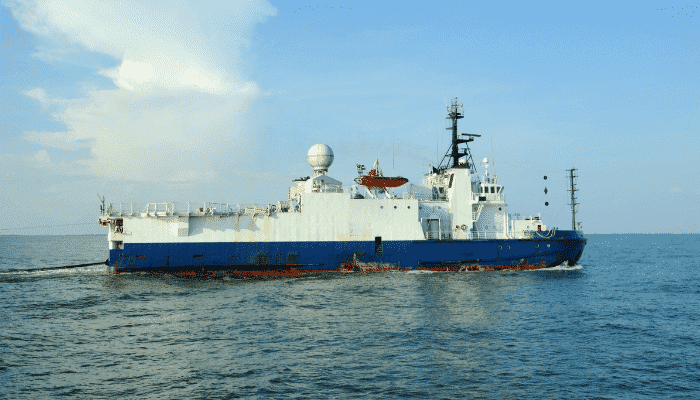
Main Seismic Equipment
Some of the main seismic equipment used on such ships are:
Tail buoy: Tail buoy, as the name suggests is a type of buoy, which is fitted with GPS and flashing light and is attached to the far end of each streamer cable. It keeps the streamers afloat and prevents the cable from entangling. It gives position information and also illuminates during night time.
Streamer cable or streamer: It is an optical cable that contains hydrophones to pick the seismic signals, electronic modules which transmits the data, stress membrane or kelvar which adds rigidness to the cable and electrical transmission system that supplies power to the cable.
The streamers are divided into 100 meter sections or even lesser – this helps in easy replacement of damaged items. The streamer cables are filled with fluids with specific gravity less than 1, to make the streamer buoyant. Nowadays, the fluids are replaced with foams, which are comparatively more rigid, have less chances for leaks, and are easy to maintain and get good acquisition.
Bird: They are depth control units attached to the streamer and placed at regular intervals (not more than 300 meters). They control the depth of the streamer cable, and are fitted with motors and wings which adjust and maintain the depth of streamers accordingly. They are operated from the instrument room.
Acoustics: Like birds, acoustics are attached to the streamers which have in-built transmitters and are placed at equal distance. Acoustics emits signal which are picked by transducers located on ship’s side, giving relative positions of the cables.
Air Gun: It is an equipment which is also called the seismic source. Air guns comprise of two chambers, namely the upper control chamber and the lower discharge or firing chamber and a solenoid valve. High pressure air at 2000 psi is fed in to the control chamber from the compressor which passes into the lower chamber. The firing is then triggered by sending an electrical impulse to the solenoid valve ,which opens up for the air to discharge from lower chamber through ports. The opening of solenoid valve and filling of air in chambers is very rapid and takes few milliseconds for the process to complete. This ensures continuous firing and the time interval between each fringing depends on the speed of vessel. The above mentioned cycle is the ideal set up for firing without losing the firing points.
There are usually two sets of gun strings (port and starboard), which are suspended from the floating device. Each gun string will have an array of six pair of guns with two guns for every loop of the string. The guns are towed at a distance of 500 meters away from the vessel clear off the propeller, and the depth of guns is between 5 to 10 meters for vessels operating in area where the depth is maximum 25 meters. (This can vary depending on the depth and mode of operation)
The above mentioned is not an exhaustive list but a set of important parts and equipment used on seismic vessels.
Do you have more information to be added to this article?
Let’s know in the comments below.
Do you have info to share with us ? Suggest a correction
Latest Type Of Ships Articles You Would Like:
Subscribe To Our Newsletters
By subscribing, you agree to our Privacy Policy and may receive occasional deal communications; you can unsubscribe anytime.



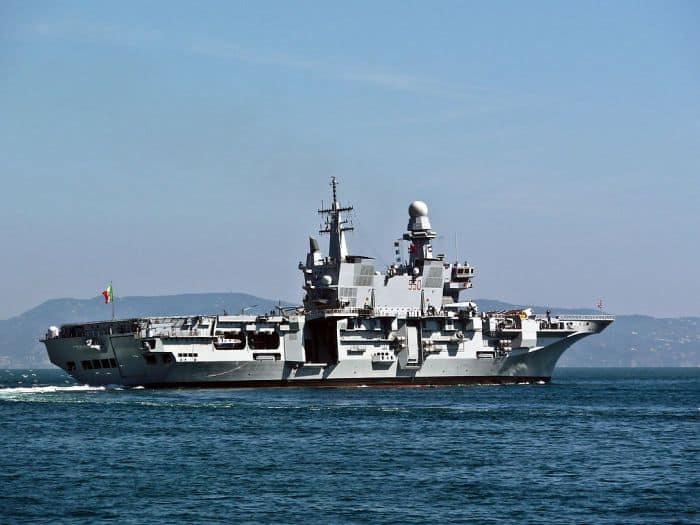
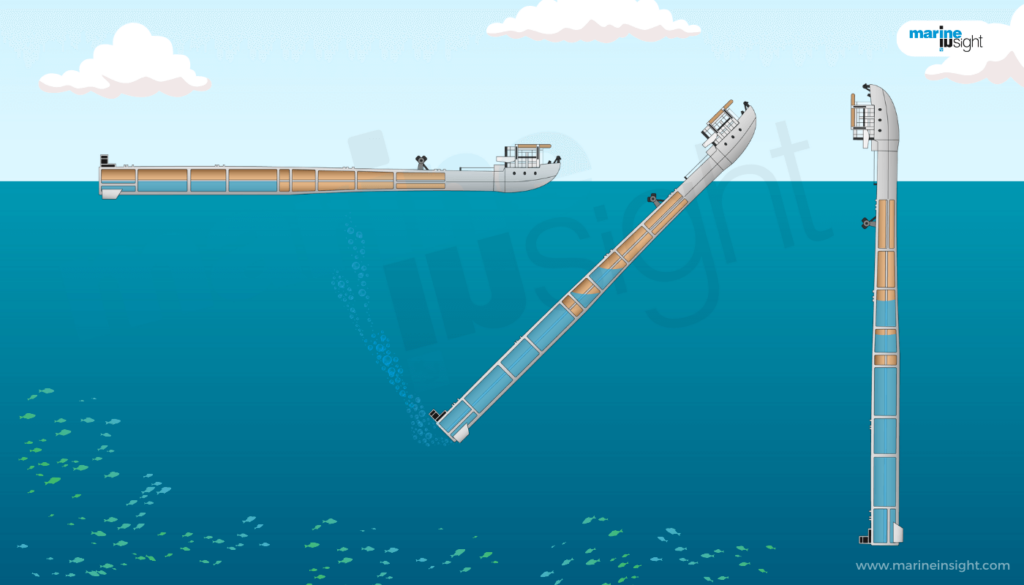
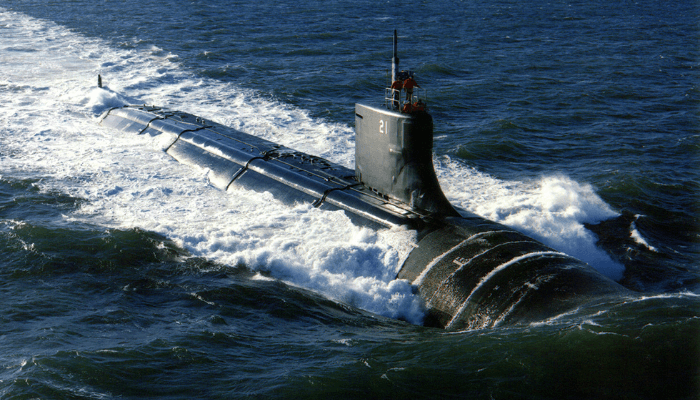
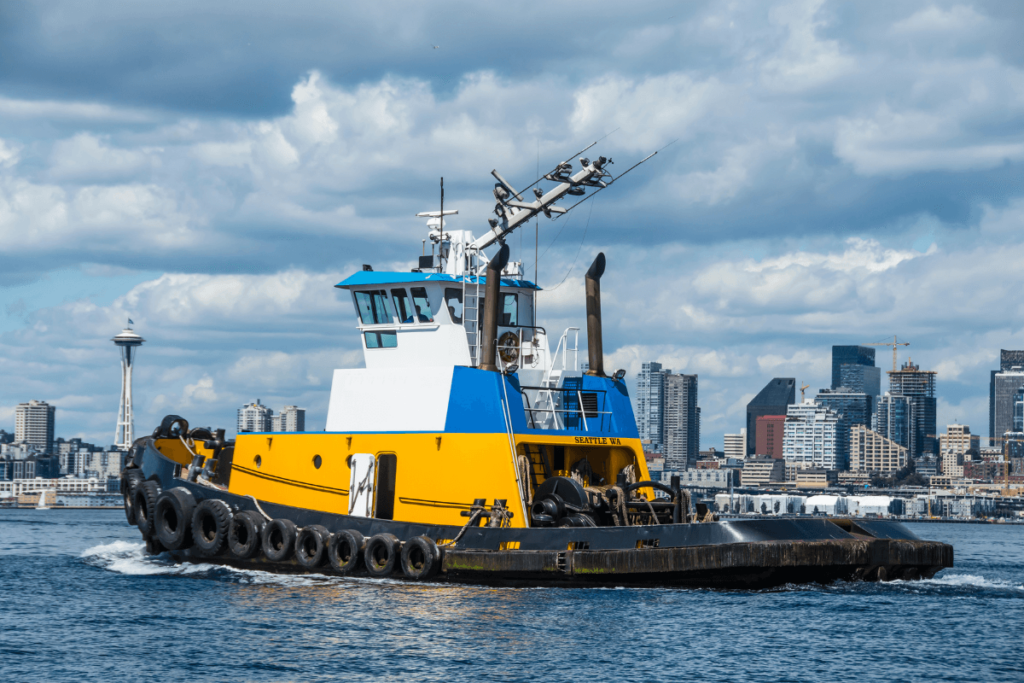
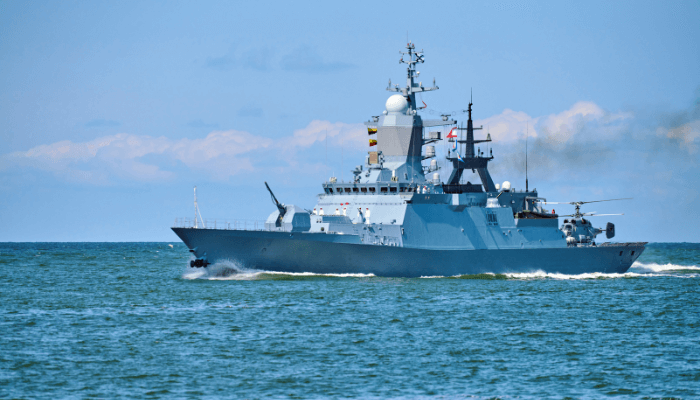
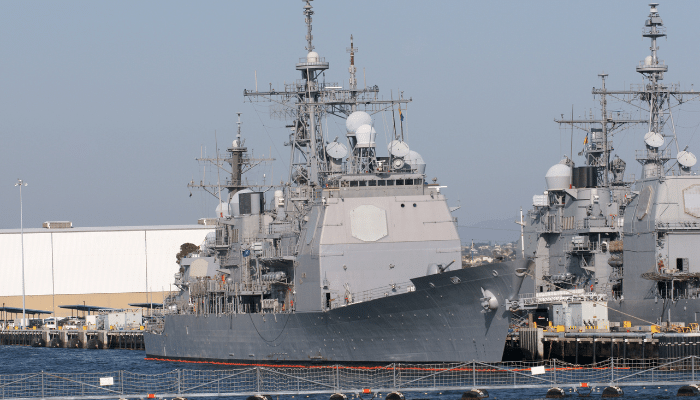

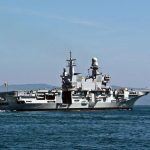
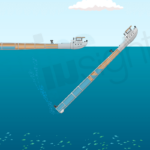
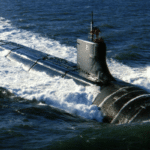
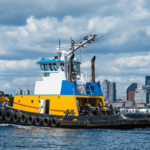
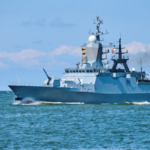
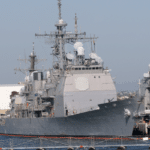
Dear organisation,
Are all the 14 ( or less) streamers towed by use of UHMWPE/Dyneema ropes? and how long are these ropes? or: how far from the ship are the streamers operate?
Thanking you in advance for your appreciated answer.
Best regards,
Ed. van der Kooi
Ed. van der Kooi
Adriaan van Oordthof 26
1064 RW Amsterdam.
Netherlands.
http://www.touwhandel.nl